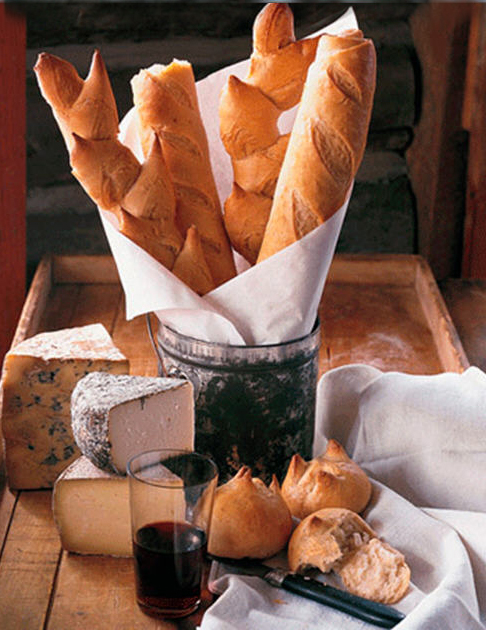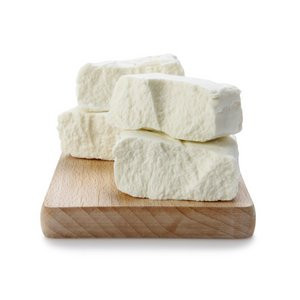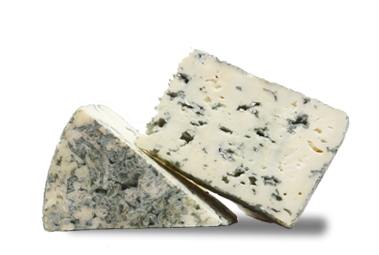We have touched on the topic of what wines to pair with food but cheese is the one true challenge for any wine devotee. Not only is cheese a wonderful partner for wine but other beverages including beer, sake, and water also have the potential to wow the palate and impress your loved ones.
Most cheese merchants will have a good understanding of the styles of cheese that are suggested below. However, if your cheese monger isn’t available when you stop in to pick something up you can follow a few simple rules for selecting a cheese or two.
One thing to note right out of the gate is that you don’t want to go overboard with a cheese pairing. Cheese can have powerful flavors and you can very easily wipe out your palate with too many selections.

I suggest starting with three cheeses and two beverages. This way you enjoy the process of comparing and contrasting flavors and textures of the cheese and the beverage you are pairing. (It’s a good idea to pick up some bread while you’re at the store.)
At its most basic, cheese can be made from any type of milk. Cow’s milk, sheep’s milk, and goat’s milk are the primary contributors to cheeses that are readily available, although grain and nut-based cheeses can be a fun way to test your palate and discover new flavor combinations along the way.
As with any food product, the source is incredibly important. Therefore, the animal’s food supply and the fat content of its milk can play integral roles in the end product. Each type of milk contributes aromas and flavors to the cheese but so do the methods of preparation: pasteurization; length of cooking; drainage; pressing; bacteria; molds; flavoring agents (herbs, spices, salts); and aging.
Just as there are many styles and types of cheeses there are myriad styles of beer, white wine, red wine, sweet wine. Putting the right or wrong pair together can make a difference.
Below, I offer a list of popular pairing options with a range of cheeses. Remember, the true guide should always be your own preferences after you’ve tried something. No one’s palate is the same and what might work for me might not work for you.

The Cheese Platter – Sweet wines (Moscato d’Asti, Tawny Port, Cream Sherry) and white wines with high acidity and a fruity profile (Sauvignon Blanc, Viognier) along with Gewurztraminer, and hard fruit ciders (apple or pear). For the adventurous among us, try a slightly sparkling mineral water or an India Pala Ale beer.
Cow’s Milk Cheeses – Beer and fruitier styles of Champagne (or Chardonnay and Pinot Noir sparkling wines) and fruit ciders along with fruit-forward and un-oaked white wines (Chardonnay, Pinot Grigio/Gris, Viognier) plus rosé and lighter styled red wines (Gamay, Pinot Noir, Barbera).

Goat’s Milk Cheeses – This is primarily white wine territory. Sauvignon Blanc and lighter styles of Chardonnay are kindred spirits. Dry styles of Chenin Blanc and Pinot Gris are also complimentary, as are lighter styles of beer (pilsner, wheat), Champagne and on occasion Cabernet Franc (Loire Valley or New York State).
Sheep’s Milk Cheeses – Cava (sparkling wine from Spain), fruit-forward dry white wines (Albariño, Assyrtiko, Carricante, Pinot Grigio/Gris, and Viura), and fruit-forward red wines (Frappato, Pinot Noir, Primitivo, Sangiovese, Tempranillo) and beer (pale or amber ale) tend to cover the bases. For those interested in testing their palate, try aged Sherry (Amantillado, Oloroso, Palo Cortado).

Blue Cheese – Sweet wines (Moscato d’Asti, Port, Sauternes, Vin Doux Naturels, Pedro Ximénez) and structured, full-bodied red wines (Amarone, Carignan, Mourvèdre, Nebbiolo, Syrah), and aged sake can really knock your socks off.
Hard Cheeses – I lean toward beer (amber to stout, depending on intensity of aroma) and strong red wines, although dry sherry can also be an interesting pairing.
As with any pairing, we are looking for contrasts and complements in flavors and textures. What tastes bad one day might be a revelation the next. Don’t be afraid to test yourself. You’ll be glad you did.
I look forward to your comments.



